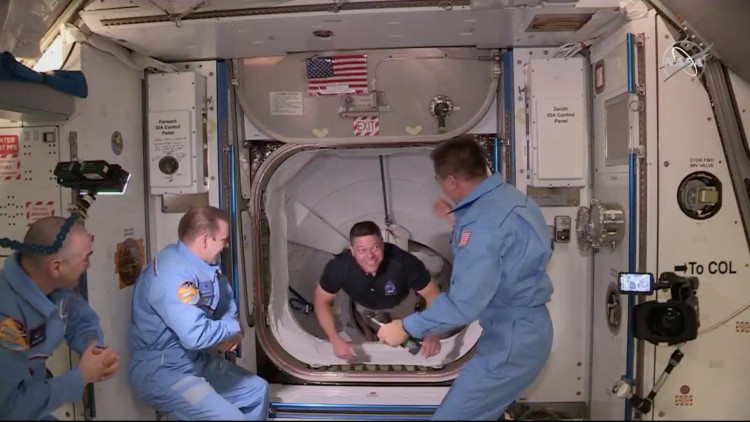Astronauts aboard the International Space Station are attempting to grow new organs. The experiment ventures into the potential that human tissue can be grown by sending adult human stem cells into space.
Scientists hope that the stem cells will eventually develop into bone, cartilage, and other organs. Should this mission turn out successful, it could be the beginning of an era where organs for transplant are grown, eliminating our reliance on donors.
According to Cara Thiel, one of the two researchers from the University of Zurich who are conducting the research, the experiment uses "weightlessness as a tool." Due to the lack of gravity in space, the stem cells will be encouraged to develop tissue in 3D, as opposed to single-layer structures that grow on Earth.
Scientists onboard the ISS have set up a "mobile mini-lab" to conduct the experiment, hurled into space by a SpaceX rocket earlier in 2020. If they successfully grow organs in space, that small lab will become bigger to accommodate the process of generating tissue for transplants. The cells used in the process will be taken from patients in order to ensure that it will work for specifically for them.
Tissue grown on Earth produces 2D, flat tissue. But scientists have found that tissue grown without gravity "exhibit spatially unrestricted growth and assemble into complex 3D aggregates", said Oliver Ullrich, who is also leading the research.
Scientists have previously experimented with microgravity using simulators in order to grow cells, but the next stage of the research cannot be performed with simulated activity any longer, since "there is no alternative to the ISS," according to Ulrich. In order for 3D formation to occur, it would take weeks in an environment with low gravity.
The experiment will last for a month, by which time "organoids" -- simpler and tinier version of organs -- in the test tubes should appear. These experiments will help researchers optimize tissue growth for use in basic science, organ transplantation, and personalized medicine. Though they still have a long way to go, researchers hope to eventually assemble organs from adult human cells, including stem cells.
To this day, scientists don't know exactly why the conditions of the International Space Station triggered the formation of complex 3D tissue structures. But Prof. Ulrich and other scientists will continue to conduct research regarding cell processes and gravitational force, how these two factors react to produce tissue in space and on Earth.





